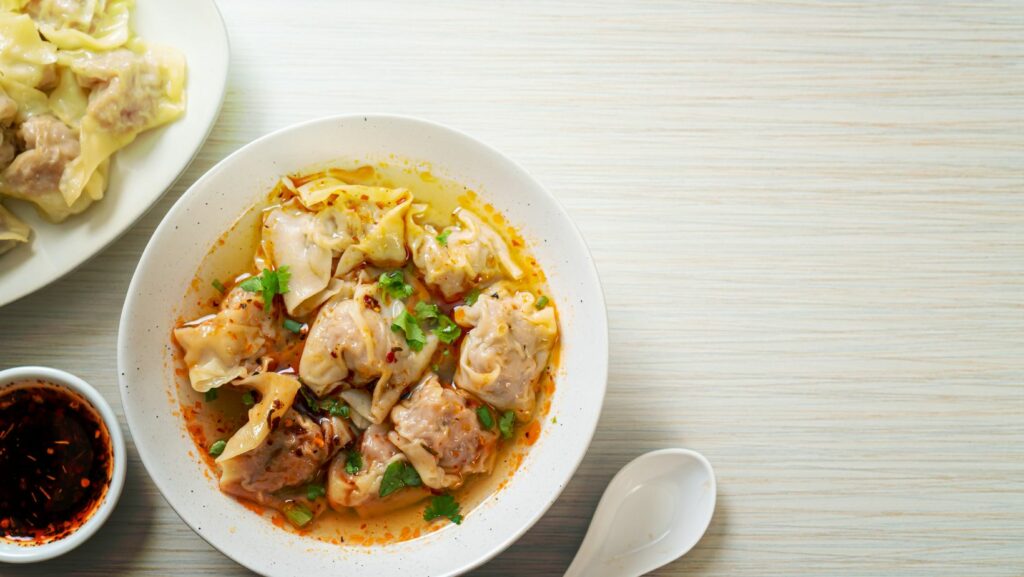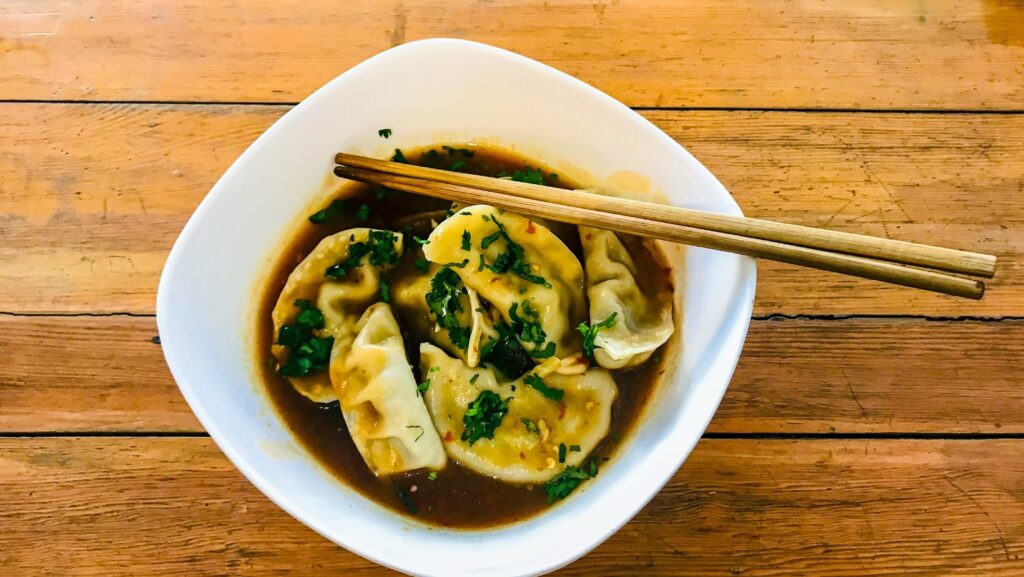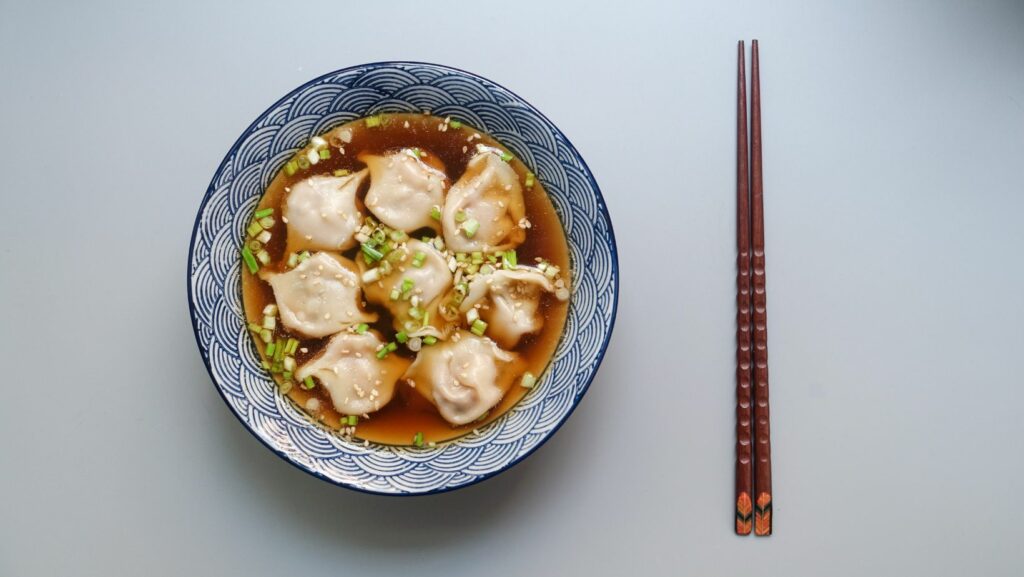Essential Soup Dumplings

Soup dumplings, or xiaolongbao, have captivated food lovers worldwide with their delicate skin and savory broth. Originating from the Jiangnan region of China, these little parcels of joy are a culinary marvel that combines the art of dumpling making with the rich flavors of a comforting soup. The balance of textures and flavors creates an experience that’s both satisfying and intriguing.
For those unfamiliar with this delicacy, soup dumplings are more than just a meal; they’re a testament to the skill and precision of traditional Chinese cooking. Each bite offers a burst of hot broth, tender meat, and a perfectly steamed wrapper. As diners explore the world of xiaolongbao, they discover the importance of technique in crafting these iconic dumplings, from the pleating of the dough to the flavorful filling inside.
Whether you’re a seasoned dumpling enthusiast or a curious newcomer, understanding the essentials of soup dumplings enriches the dining experience.
What Are Essential Soup Dumplings?

Essential soup dumplings, or xiaolongbao, are a hallmark of Chinese cuisine. Originating from the Jiangnan region, these dumplings feature a remarkable blend of thin dough enclosing savory filling and hot, flavorful broth. The dough, typically made from wheat flour and water, is rolled into thin wrappers without breaking—key for enclosing the broth and filling.
The filling often consists of minced pork seasoned with soy sauce, ginger, and sesame oil, though crab and other variations exist. The soup is created by incorporating aspic, a gelatinous meat stock, into the filling. When steamed, the aspic melts, forming a rich broth inside the dumpling.
Successful soup dumplings require precise technique. Fine pleating ensures structural integrity, preventing broth leakage. Steam timing, usually 5–8 minutes, is critical to achieve the perfect texture and temperature.
Traditionally served in bamboo baskets, soup dumplings complement dipping sauces like black vinegar and ginger. Consumed with care, they deliver an exquisite balance of taste and texture, delighting palates worldwide.
The History And Origins Of Soup Dumplings
Soup dumplings trace their roots to the Jiangnan region in China, known for its rich culinary tradition. Emerging during the late Qing dynasty, they evolved as a local delicacy in the bustling towns surrounding Shanghai and Suzhou. These dumplings gained popularity for their innovative cooking method, combining steaming with a generously filled savory broth.
Historical records suggest that soup dumplings, or xiaolongbao, became widely recognized in the 19th century, attributed to the creative efforts of chefs in Nanxiang, a district in Shanghai. As their reputation grew, these dumplings found their way to various cities, establishing a distinct identity in Chinese cuisine.
The unique preparation involves a meticulous process that reflects the Jiangnan region’s commitment to taste and quality. Integral to their development is the use of aspic, which melts into broth during steaming—a technique perfected over generations. Today, soup dumplings not only celebrate cultural heritage but also represent a fusion of tradition and culinary innovation.
Key Ingredients Of Essential Soup Dumplings
Essential soup dumplings, known for their complex layers of taste, require key ingredients. These components ensure the dumplings’ tender texture and savory flavor, characterized by a delicately balanced combination of dough, filling, and broth.

The dough forms the outer layer of soup dumplings, made from wheat flour and water. This mixture creates a thin, elastic wrapper that holds the filling and broth. A specific ratio of flour to water is crucial for achieving the right consistency, enabling the dough to stretch without tearing while maintaining its shape during steaming. The delicate skin highlights the culinary skill needed for perfect soup dumplings.
Soup dumplings contain a savory filling, typically made from minced pork. Common seasonings include soy sauce, ginger, and sesame oil, providing depth and aroma. Some variations incorporate crab meat or shrimp for added complexity. Properly seasoned filling influences the taste profile of the dumpling, adding a savory and slightly sweet flavor that complements the rich broth.
The rich broth, a defining feature of soup dumplings, originates from aspic. Aspic consists of gelatinous meat stock solidified into a jelly and incorporated into the filling. During steaming, the aspic melts, creating a flavorful broth inside the dumpling. The broth’s quality relies on slow-simmered bones and meat, producing a concentrated taste. The resulting liquid enhances the dumpling’s overall richness and provides a hot, flavorful burst upon biting into it.

